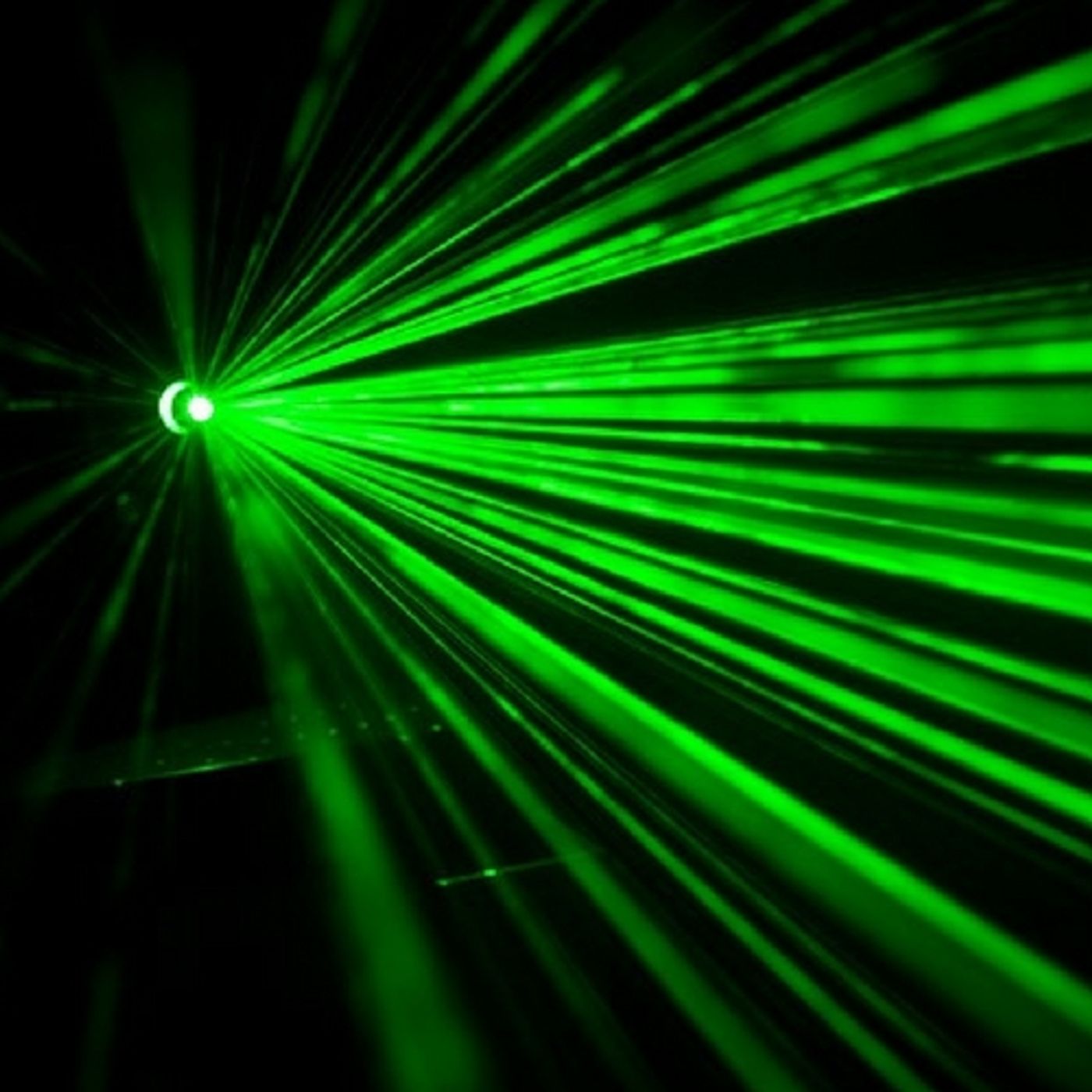Shoes That Can Light The Way for Parkinson's Patients
As we age, getting around safely can become an issue. Some people will have trouble with arthritis or reduced fitness levels, but neurological disorders like Parkinson's disease (PD) affect thousands.
This devastating disease causes tremors, muscle rigidity and an inability to control movements like walking, holding objects and accomplishing daily tasks. There is no cure for Parkinson's, and no definitive assessments that can provide an exact diagnosis. Very often, once any other conditions are eliminated and the determination of PD is made, the loss of function is permanent. An estimated 10 million people live with PD worldwide so finding out what causes it is crucial.
Freezing of gait is a common problem for individuals with PD. Freezing of gait is when a person has the intention to walk forward, but cannot make the legs and feet move. It's debilitating because it limits daily life, but it's also a risk for patients because the upper body is in motion and if the legs and feet do not follow the result can be a nasty fall. Fall injuries are a significant concern in Parkinson's patients, but recent research at the University of Twente and Radboud University Medical Center have come up with a laser device that attaches to shoes to keep patients moving safely.
Much like a laser pointer, the device projects a line on the floor in front of the patient. One way some PD patients cope with gait freezing is to look at any patterns that might be on the floor or ground. Cracks in a sidewalk, the design of floorboards or other visual cues can help unfreeze the legs and keep the patient moving forward. Visual stimuli like floor patterns or lines activate certain circuits in the brain. This activation is almost like an override switch that allows the brain to signal the legs to move. The freezing is thought to be a result of damage to the neural network in the brain, and the input of a visual marker is a way to get around that loss.
The device works in rhythm with the patient's steps, so it's unique to each person's gait. Once the foot hits the floor, the left shoe laser projects a line of light on the floor in front of the right foot. Once the patient moves toward or over that beam, the laser on the left foot is activated. The pattern continues to switch from foot to foot to keep forward motion consistent.
When the researchers tested the device on a group of patients with Parkinson's, freezing events were cut almost in half, with patients showing 46% fewer episodes of being "stuck." The incidents that did occur were also shorter in duration. There are medications that Parkinson's patients take to ease symptoms, and it was found that the laser device worked better when patients had not yet had their dose of medicine. While the drugs can help manage their disease, some of the medications do impact freezing. In patients who had taken their meds, there was still a significant improvement, however.
The device is activated with every step. However, there are plans to make it sensitive enough to turn on and off automatically when it detects a gait freeze. Below are two videos of a Parkinson's patient walking. The first is with the lasers turned off and the second is a video of the same patient walking in the same environment, with the assistance of the lasers. The difference can be seen quite clearly.
Sources: Radboud, Neurology, Tech Crunch









